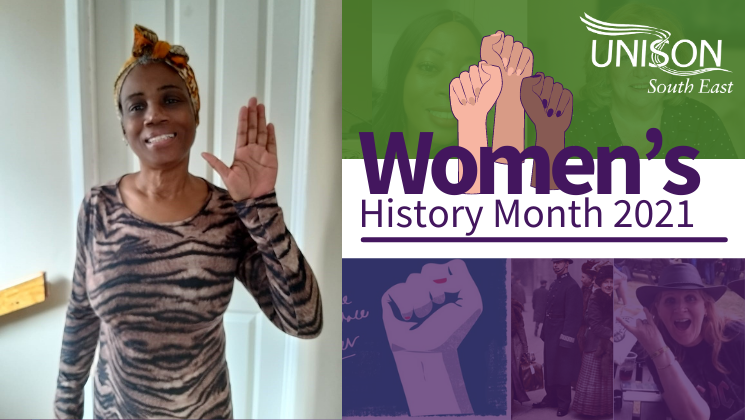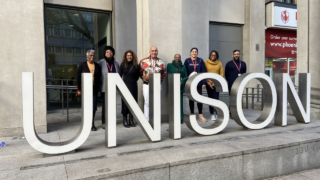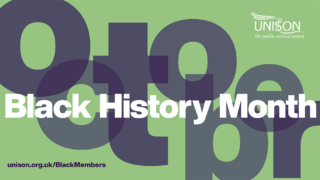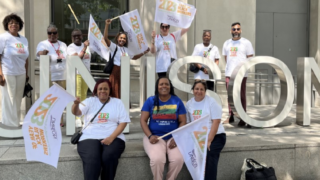Living at the intersection of racism and sexism is far from easy. We are discriminated against for being Black and for being women, and we exist in both identities at all times.
When trying to understand a Black woman’s experiences, intersectionality is an important consideration.
Intersectional discrimination has only recently been recognised, at least in international forums as a serious obstacle to the achievement of equality for many marginalised women. Historically, at the international and national levels, racism or racial discrimination on the one hand and gender discrimination on the other, have always proceeded in official thinking and policy along mutually exclusive lines. However, the notion of intersectional discrimination has now been acknowledged in a series of UN conferences on women.
In the UK, for instance, there is no official policy statement or document which gives any serious attention to the ways in which Black or minority women face gender and racial discrimination simultaneously. An in-depth analysis of the combined effects of racial and gender discrimination and the implications for all legislation, policies and strategies on the elimination of racial and gender inequality has yet to take place. The result is that Black and minority women are rendered invisible in official strategies to combat gender inequality and racial discrimination, and they are rendered vulnerable to further discrimination.
But there is a more serious consequence of the failure to recognise the existence of intersectional discrimination. Many so called progressive initiatives, policies and strategies aimed at eliminating racial or gender discrimination actually serve only to reinforce the multiple levels of discrimination experienced by minority women, based on the flawed view that discrimination is one-dimensional and affects all women or all minority communities in the same way.
Although a number of NGOs and researchers have devoted considerable time and resources in understanding and addressing the effect of multiple forms of discrimination, much work remains to be done, especially at the national and local government level. There is an urgent need to ensure full recognition and integration of the intersectional perspective in all national programmes, policies, legislation and initiatives on all forms of discrimination. A more holistic approach to discrimination that recognises the simultaneous nature of women’s experiences of various forms of discrimination is necessary, if we are to ensure that human rights are a reality for all women.
Black women have a harder and worse experience than almost everyone else. We’re overrepresented in minimum-wage jobs, five times more likely than white women to die in pregnancy or childbirth in the UK. Despite official rhetoric, debates and strategies to combat domestic violence the government has paid little attention to Black and minority women’s experience of domestic violence, which is essentially a story of multiple discrimination. In parallel official studies on women and the criminal justice system over the years, Black women’s unique experiences of racial discrimination intersecting with gender discrimination have only been given a cursory glance.
Urgent action needs to take place at both the national (governmental) and international (United Nations) levels, to raise awareness of the multiple nature of discrimination experienced by marginalised women, and to mainstream an intersectional or more holistic approach to the question of racial and gender discrimination. It is both the intersectional and the simultaneous nature of multiple discrimination that needs to be understood at a theoretical level and addressed at a practical level.
This year’s coronavirus pandemic has brought this disparity even more starkly to the fore, and we must not lose sight of the actions that are required to address systemic biases
As Maya Angelou said in 1978, “Out of the huts of history’s shame, I rise. Up from a past that’s rooted in pain, I rise.” We rise.




